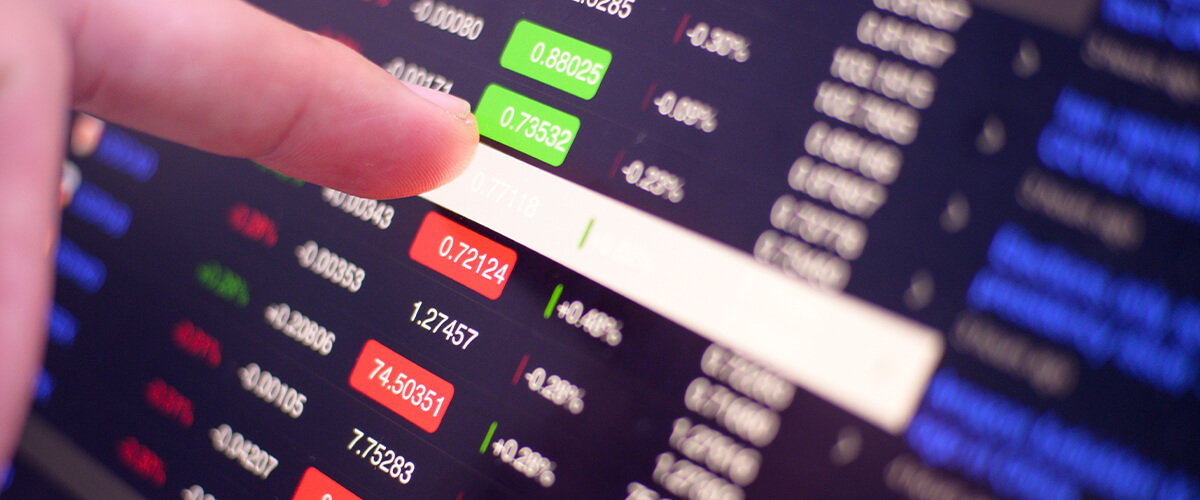Futures and options are derivative contracts that allow traders to speculate on the price movements of underlying assets, such as stocks, commodities, currencies, or indices. Futures and options can also be used to hedge against risks or to create income streams. However, trading futures and options is not without challenges and pitfalls. In this blog post, we will discuss some of the common mistakes that traders should avoid when trading futures and options.
Mistake #1: Not understanding the basics of futures and options.
Futures and options are complex financial instruments that have different characteristics, risks, and rewards than their underlying assets. For example, futures contracts oblige the buyer and seller to exchange the asset at a predetermined price and date in the future, while options contracts give the buyer the right, but not the obligation, to buy or sell the asset at a specified price and date. Futures and options also have different margin requirements, settlement methods, expiration dates, and contract specifications.
Therefore, before trading futures and options, traders should familiarize themselves with the basics of these contracts, such as how they work, what they represent, how they are priced, how they are traded, and what are their advantages and disadvantages. Traders should also understand the differences between various types of futures and options contracts, such as American vs. European options, call vs. put options, long vs. short positions, in-the-money vs. out-of-the-money options, etc.
Mistake #2: Not having a clear trading plan and strategy.
Trading futures and options requires a clear trading plan and strategy that defines the trader’s objectives, risk tolerance, entry and exit points, position size, stop-loss and take-profit orders, and contingency plans. Without a trading plan and strategy, traders may act on emotions, impulses, or biases, which can lead to poor decisions and losses.
A trading plan and strategy should be based on thorough research and analysis of the market conditions, trends, indicators, signals, patterns, and news that affect the underlying asset’s price movements. Traders should also backtest their trading plan and strategy on historical data to evaluate its performance and profitability. Moreover, traders should review their trading plan and strategy regularly and adjust it according to changing market situations.
Mistake #3: Not managing risk properly.
Trading futures and options involves a high degree of leverage, which means that traders can control a large amount of money with a small initial investment. However, leverage also magnifies the potential losses if the market moves against the trader’s position. Therefore, risk management is crucial for trading futures and options successfully.
Risk management involves limiting the exposure to losses by using various tools and techniques, such as diversifying the portfolio across different assets and markets, setting realistic profit targets and stop-loss levels, using hedging strategies to reduce or offset risks from adverse price movements, using limit orders to control the entry and exit prices of trades, avoiding overtrading or undertrading by following a disciplined trading schedule, etc.
Mistake #4: Not keeping track of the market events and developments.
The prices of futures and options contracts are influenced by various factors that affect the supply and demand of the underlying assets. These factors include economic data releases (such as GDP growth rate), monetary policy decisions (such as interest rate changes), political events (such as elections or trade wars), natural disasters (such as hurricanes or earthquakes), technological innovations (such as new products or services), etc.
Therefore, traders should keep track of the market events and developments that may impact their trades by following reliable sources of information (such as news outlets or financial websites), using economic calendars (which list the dates and times of important data releases or events), subscribing to newsletters or alerts (which provide timely updates or analysis on market trends or opportunities), etc.
Mistake #5: Not learning from mistakes.
Trading futures and options is a continuous learning process that requires constant improvement and adaptation. Traders should not be discouraged by losses or failures but rather use them as opportunities to learn from their mistakes and enhance their skills and knowledge. Traders should also not be complacent by successes or profits but rather use them as motivation to maintain their discipline and consistency.
Traders should keep a trading journal or log that records their trades’ details (such as date, time, price, quantity), reasons for entering or exiting trades (such as signals or indicators), outcomes (such as profits or losses), emotions (such as confidence or fear), lessons learned (such as strengths or weaknesses), etc. A trading journal or log can help traders to review their performance objectively identify their areas of improvement.
These are some of the typical mistakes that traders make when trading futures and options. By avoiding them, you can increase your chances of success and enjoy the benefits of these versatile derivatives.










